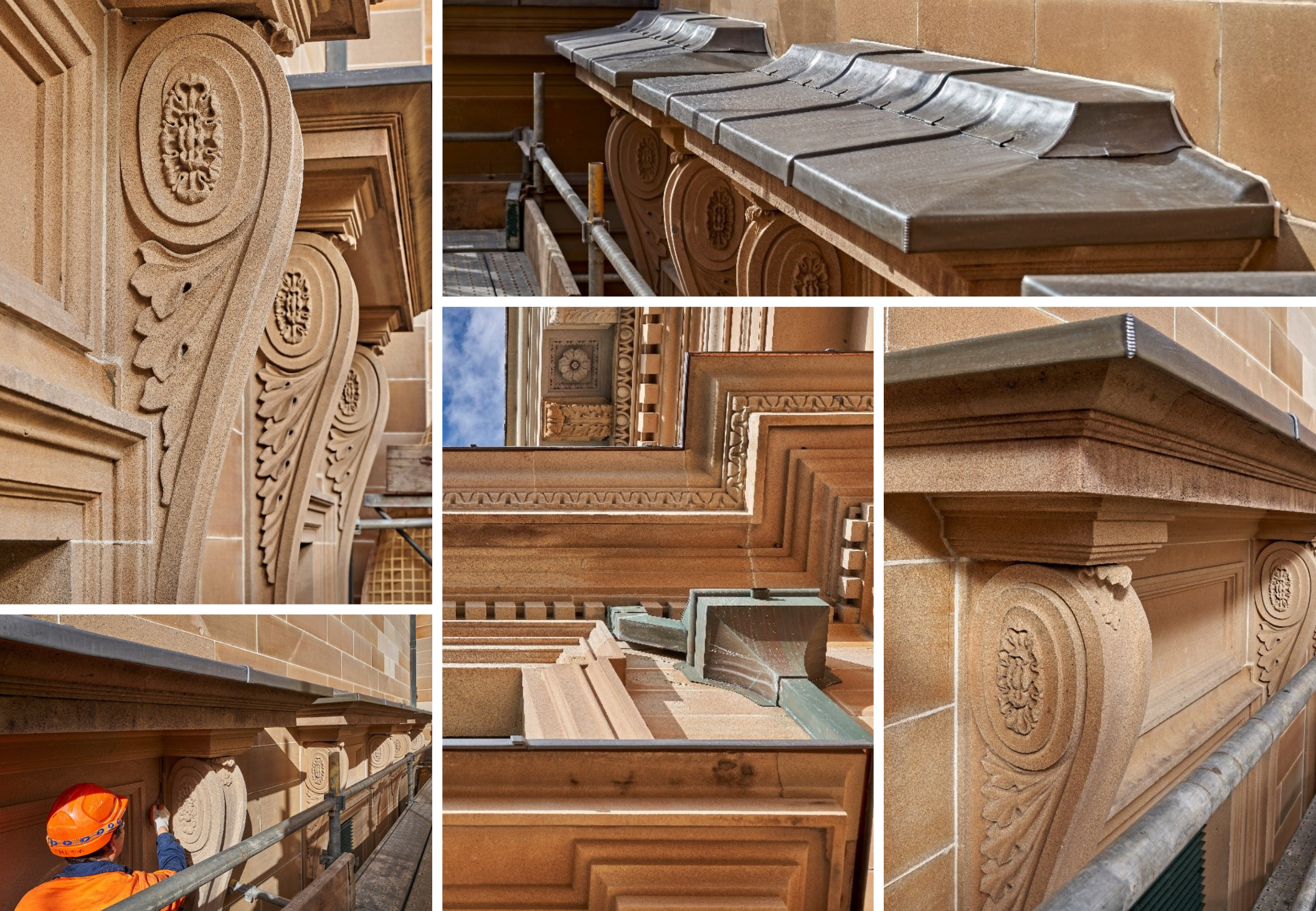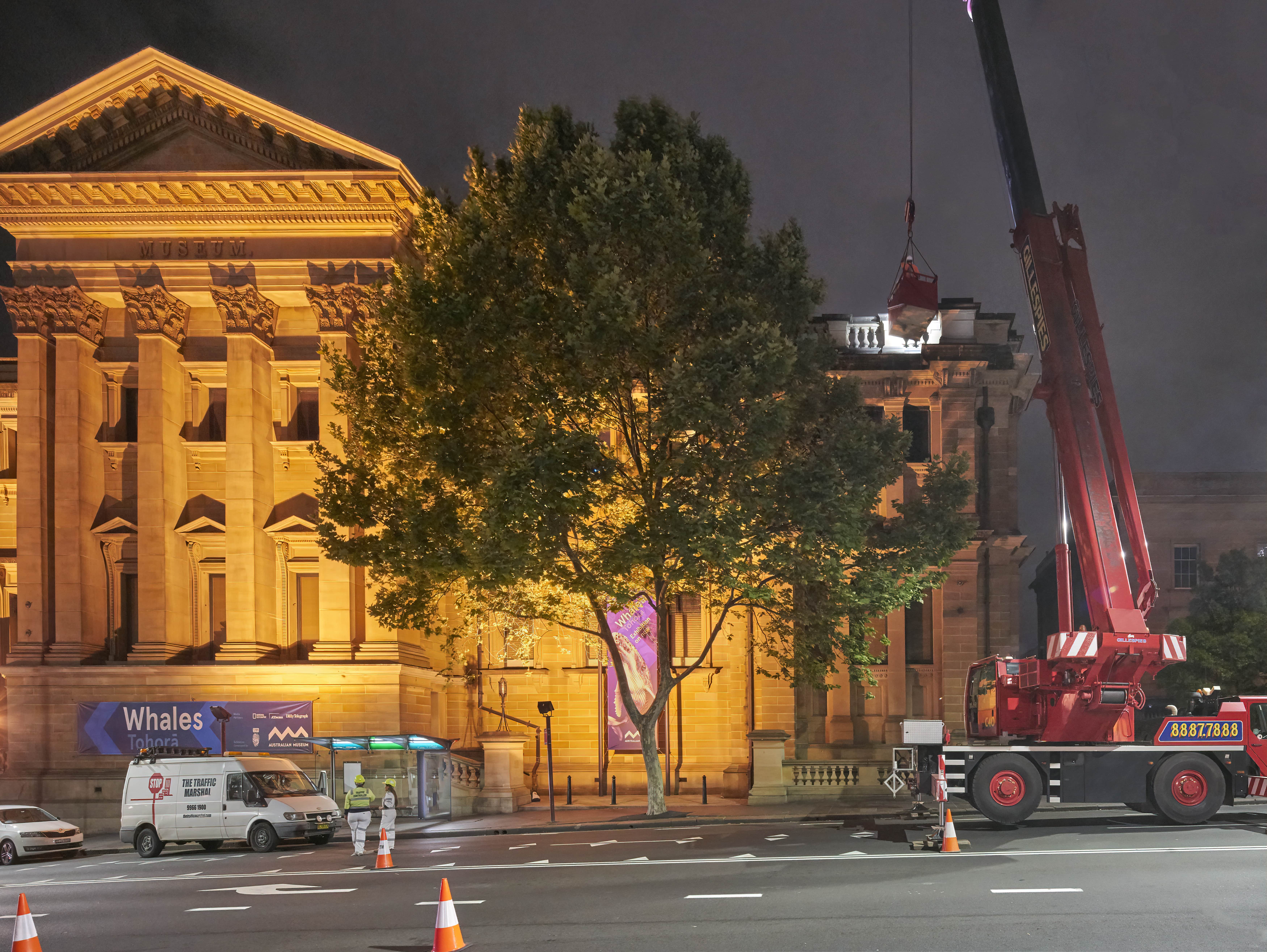Sydney Australian Museum
The Australian Museum was Australia’s first museum.
The 1826 arrival of Alexander Macleay, appointed Colonial Secretary of NSW, was a defining moment in the formation of the Australian Museum. When he arrived in NSW, Macleay was considered to have the largest privately-owned insect collection in the world. In 1827, annual funding of £200 was authorised by Earl Bathurst for the establishment of a museum. By 1830 the collection was open to the public in temporary premises.
The current site was dedicated as a reserve for a museum in 1845. Designed by Mortimer Lewis, the first Australian Museum building facing William Street opened to the public in 1857.
The Australian Museum complex was erected in many stages from 1846 to 1964 (stonework buildings), as well as a new science building in 2008 and a new entry in 2016.

Barnet Wing
The Australian Museum is of state and national significance as the purpose-built location for the nation’s largest natural historical collections and is the most intact 19th century cultural institution in Australia, containing, in addition to the museum collection, a number of very fine and intact 19th century interiors. The Australian Museum continues to be, as it was at its inception, a symbol of NSW’s and Australia’s scientific pursuits (CMP 2005).
The Barnet Wing (fronting College Street), constructed in the Roman Revival Style, is the second stage of the Museum’s development and comprises a basic three storey building with an extra storey in the central pediment and an additional basement level on the northern side of the main pediment. Completed in 1867, it was one of the largest public buildings erected up to that time, in New South Wales. It was one of James Barnet’s earliest buildings in his long career as Colonial Architect. Sydney Pyrmont ‘yellow block’ sandstone was used in its construction.

College street Façade and Sandstone Boundary Fence
The Minister’s Stonework Program was launched in 1991 as a commitment to carry out ‘catch-up’ maintenance on NSW government-owned heritage stone structures through NSW Public Works (NSWPW).
Key goals of the program are the maintenance of the State’s heritage stone buildings and monuments. The purpose of the proposed works is to prolong the life of significant building fabric and to ensure the building’s long-term conservation with a projected durability of 60+ years. This is achieved by repointing defective mortar joints, providing protective leadwork to best practice detailing, installing bird proofing, and cleaning biological growth where necessary.
Given the Barnet Wing’s age of approximately 150 years, the building is in comparatively good condition. There is evidence of sandstone deterioration primarily caused by water action and damage from later services. Cracked and damaged sandstone will be replaced, where it is considered to have reached the end of its functional life. Installation of lead weatherings to overhanging cornices will provide protection from water ingress.

Works included:
- Replacement of deteriorated sandstone that has reached the end of its functional life or is structurally unsound
- Installation of lead weatherings on projecting or exposed horizontal sandstone elements
- Synthetic patch and pin cracked/damaged stone being retained in-situ.
- Installation of bird proofing
- Repointing of stonework joints
- External cleaning to remove built up grime and dirt
- Stonework desalination
- Rust treatment and repainting of corroded vents
- Repainting of timber window joinery, colour to match existing
- Replacement of cracked window glazing.
